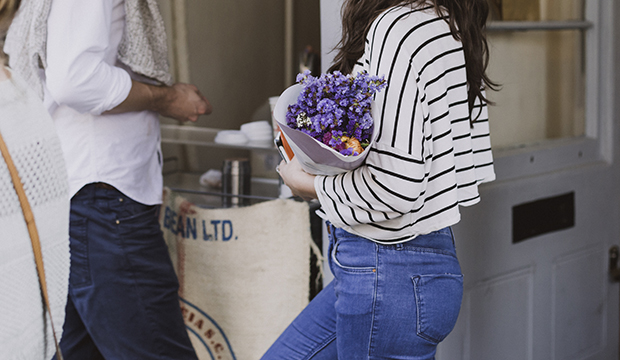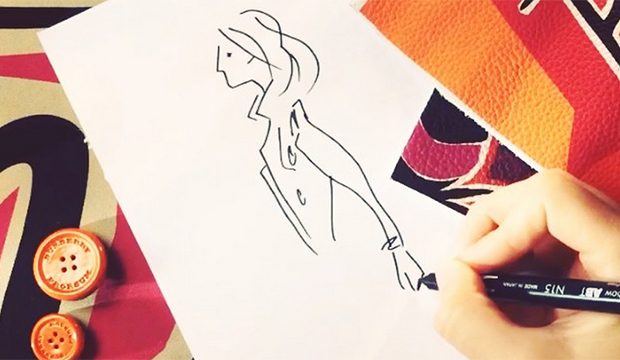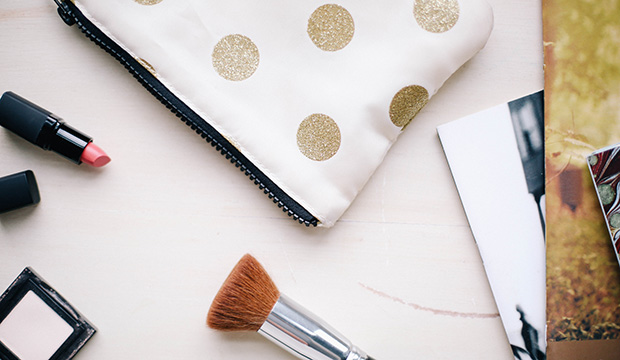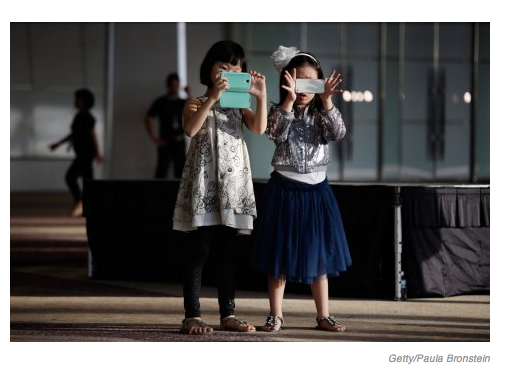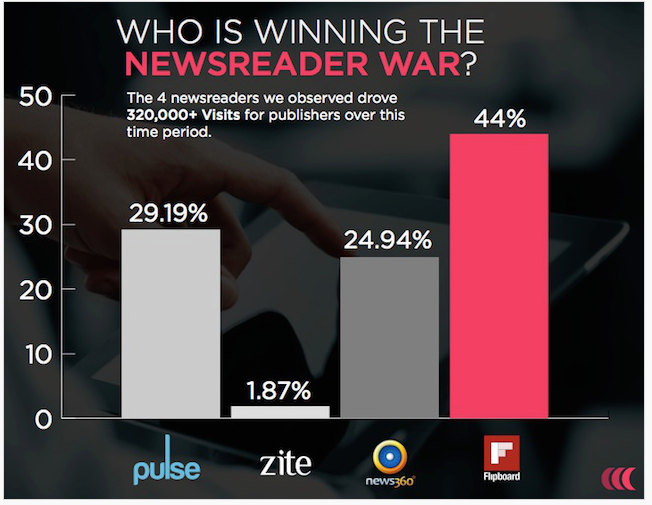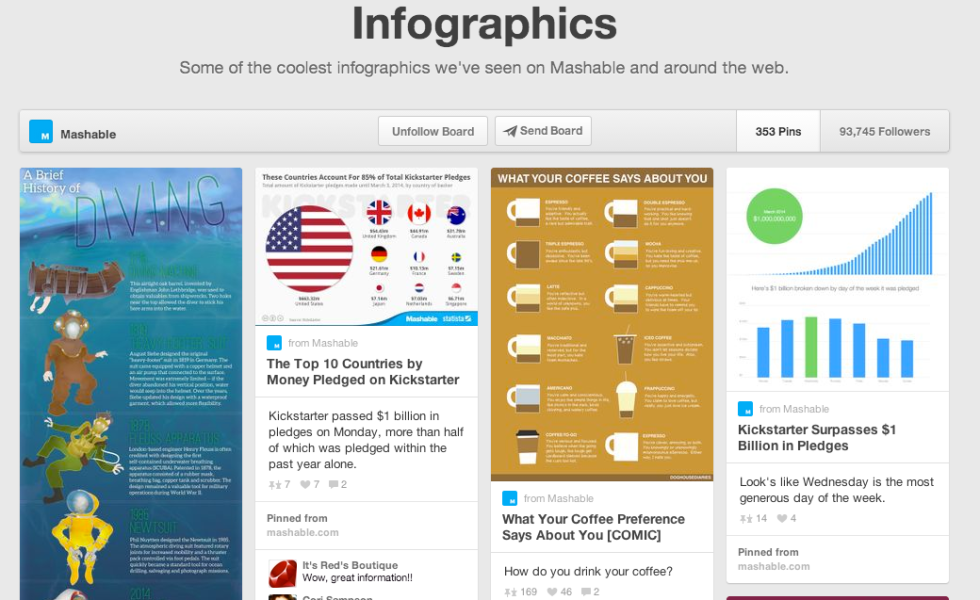Content isn’t just about blog posts, whitepapers and only written content. Content can be anything from a Tweet to a TV Commercial. Unfortunately, some brands write a great article, and then just slap on a photo. The photo for that article is what will entice people on social channels to actually consume your content and potentially share to their audience. For example, when posting an article on Pinterest, unless your brand’s photo is visually appealing, the likeliness of someone clicking on it is slim to none. And who wants to Re-Pin an article with a blurry or unappealing photo? So before you choose any photo (or video), consider investing your money and resources to something that’s of higher quality and more engaging to your target audience.
Here are some quick tips to invest (and some ways that don’t break the bank):
1. Don’t just rely on your smartphone camera – It’s definitely easy and convenient, especially for apps like Instagram to shoot and share immediately through your phone. However, for better quality shots an investment on a good Canon or Nokia may be worth the few extra bucks. That way you can have more effective photo shoots of your products, services, influencers, and events with a little less stress.
2. Have a committed resource (or freelancer) – Taking photos isn’t a 5 minute job. It takes time to get the right shot. Additionally if your brand is committed to posting every day on channels like Instagram, Pinterest, and/or tumblr, you need the assets to do it. It’s ok to have multiple shots from one shoot, but it’s important to have variety.
3. Curate - Not only is this helpful to not put all the pressure on your brand, but it helps to highlight others in the community who also have great content. And if karma is real, it’ll definitely come back around.
4. UGC – Your consumers will like and maybe even love to be highlighted. I admit, when I posted a picture tagging Nordstrom Rack a couple weeks ago, and then the brand took notice not just by liking my photo, but regramming it to their feed – well I may have done a little dance or two. I was ecstatic. It was the ultimate compliment by a brand I admire. So not only is that a way to win over a consumer, but it’s more content for your arsenal!

How to use your new awesome visual content wisely:
1. Facebook – Considering it’s almost impossible to get noticed organically on Facebook nowadays, the more you can do the better. Ensure that each post has a featured image that is bright colored (blue is always helpful), with the main product/service/person standing out clearly. It helps if it’s an image a consumer would be excited to share.
2. Twitter - Instagram will not show up in-feed anymore, so consumers have to click out to view the image. However if you post directly through Twitter than it will show up. It’s more likely that someone will click on your Tweet and the link in your Tweet if the image is enticing.
3. Instagram – My favorite as of late – can’t help it. It’s fun, easy to share, and addicting to follow others. Make sure your content stands out in the crowd. A helpful tip is to ensure you post regularly (daily) with pictures that are high quality – not blurry! The filters are fun, but most brands don’t use them because they take away from the photo and make them lower quality. Also if you want to feature your pop of color, don’t use a filter to take away from it.
4. Pinterest – Some people think you can only post images on Pinterest – not true! You can post articles, infographics, and more. However make sure that there is an image that goes along with said article that makes it pop and appealing to the crowd. Mashable does a great job of repurposing their blog content on this visual channel, which in turn leads to great referral traffic back to their blog.
And don’t forget to have some fun with it. Show off your brand with some behind the scene pics of your team, your product being made, your event being planned, or even let an influencer take over your instagram account one day to show their take on your event or brand.
This post was originally written for
Marketing on the Rocks.





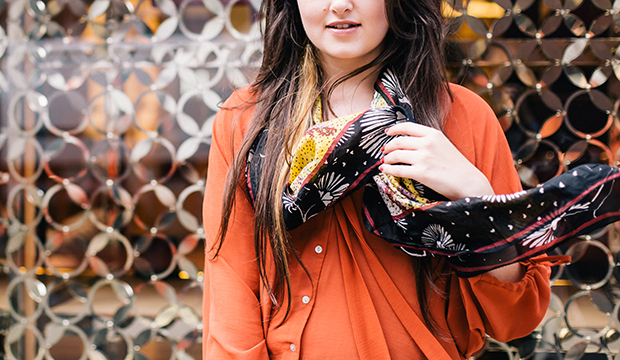
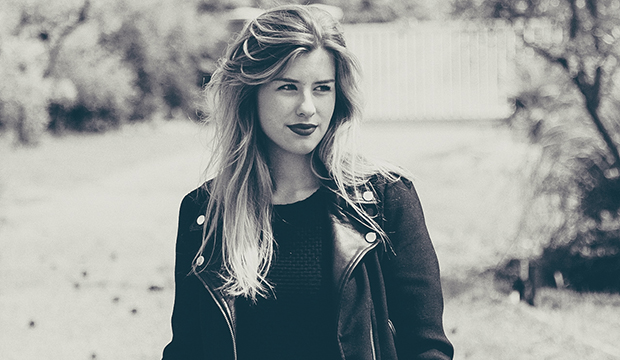

 Social media can be daunting at times, especially when you’re just starting to grow your business and most of the work is on your shoulders. Sometimes, social feels like too much time and you just can’t see how it’s helping your startup grow.
Social media can be daunting at times, especially when you’re just starting to grow your business and most of the work is on your shoulders. Sometimes, social feels like too much time and you just can’t see how it’s helping your startup grow.
 Spring cleaning isn’t just for your shoes and clothes each year. It’s for your fashion marketing objectives and goals too.
Spring cleaning isn’t just for your shoes and clothes each year. It’s for your fashion marketing objectives and goals too.









